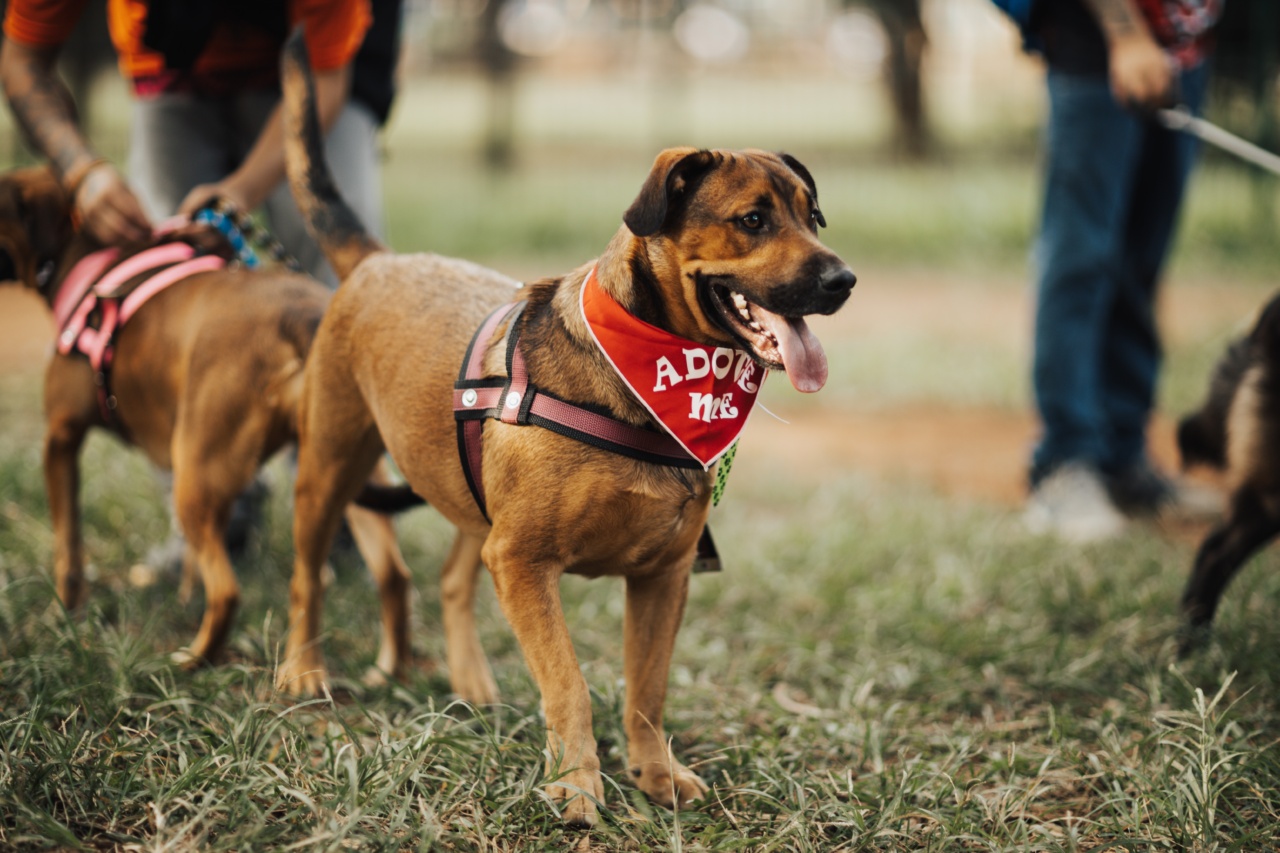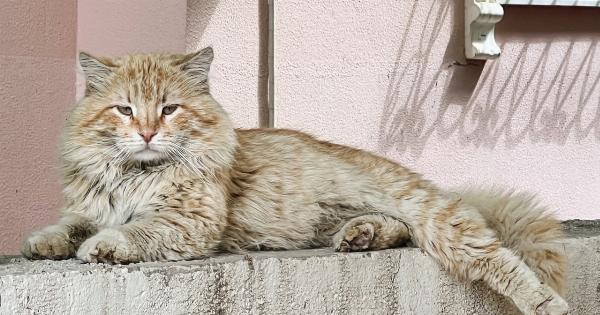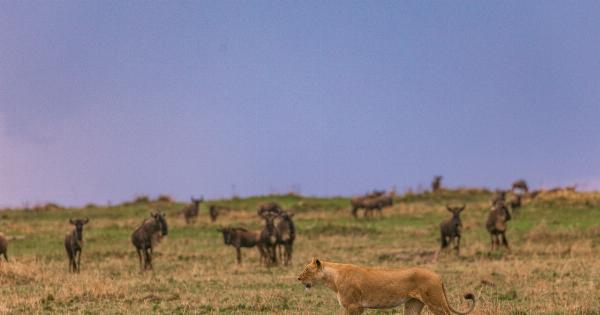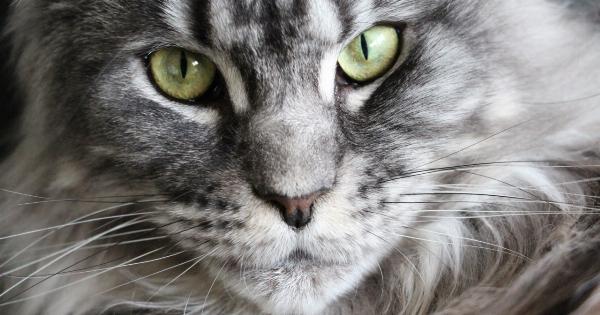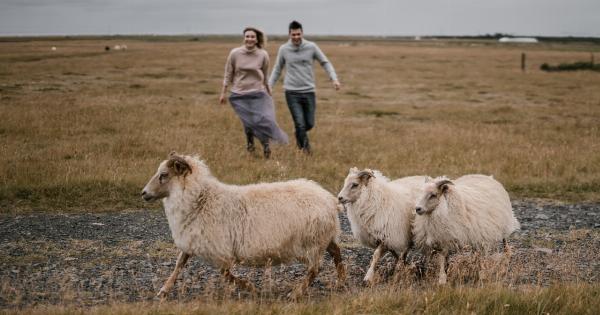The Netherlands has recently announced plans to ban the ownership of genetically-bred “cute” pets.
This move comes after concerns that these animals are often bred with severe health problems, just so they can be deemed “cute” by their owners and the public.
What Are Genetically-Bred “Cute” Pets?
Genetically-bred “cute” pets are animals that have been bred to have a very specific physical appearance. This often means that they have exaggerated features, such as extremely short legs or large eyes.
Some examples of these types of animals include:
- Pugs with extra wrinkly faces that can cause breathing problems
- Munchkin cats with unnaturally short legs that can cause spinal issues
- Teddy Bear dogs with overly round faces that can cause dental issues
The Concerns with Genetically-Bred “Cute” Pets
While these animals may be seen as cute and desirable by some, there are serious concerns about the welfare of these animals. Many of them have been bred with severe health problems that can significantly reduce their quality of life.
For example, pugs are known to suffer from respiratory issues due to their short snouts. Munchkin cats are prone to back and joint problems due to their abnormally short legs.
Teddy Bear dogs often suffer from dental problems due to their small, overcrowded mouths.
Furthermore, the breeding of these animals often involves inbreeding, which can result in genetic defects and an increased risk of health issues.
The Proposed Ban on Genetically-Bred “Cute” Pets
The Dutch government plans to ban the breeding and sale of genetically-bred “cute” pets in order to prevent the continued suffering of these animals.
The ban would apply to the breeding of animals that have been genetically modified to produce traits that are not natural to their species.
Those who already own a genetically-bred “cute” pet would be allowed to keep their pet, but breeding and selling these animals would be prohibited.
Reaction to the Ban
The proposed ban has been met with mixed reactions. Animal rights groups and veterinarians have applauded the move, saying that it is a step towards improving the welfare of animals.
However, some breeders and pet owners have criticized the ban as an attack on their freedom to own and breed animals as they choose.
The Global Trend Towards Animal Welfare
The proposed ban on genetically-bred “cute” pets is part of a growing trend towards animal welfare in countries around the world.
In recent years, many countries have banned certain practices that are harmful to animals, such as the use of animals in circuses or the sale of cosmetics that have been tested on animals.
The Netherlands has been at the forefront of this trend, with progressive animal welfare laws that include a ban on fur farming and a requirement that all animals have access to outdoor space.
The Future of Genetically-Bred “Cute” Pets
It remains to be seen whether other countries will follow the Netherlands’ lead in banning genetically-bred “cute” pets.
However, this move may spark a larger conversation about the ethics of breeding animals to meet human desires rather than for the benefit of the animals themselves.
Furthermore, it highlights the ongoing need for animal welfare laws that prioritize the well-being of animals over human desires for certain physical characteristics.
